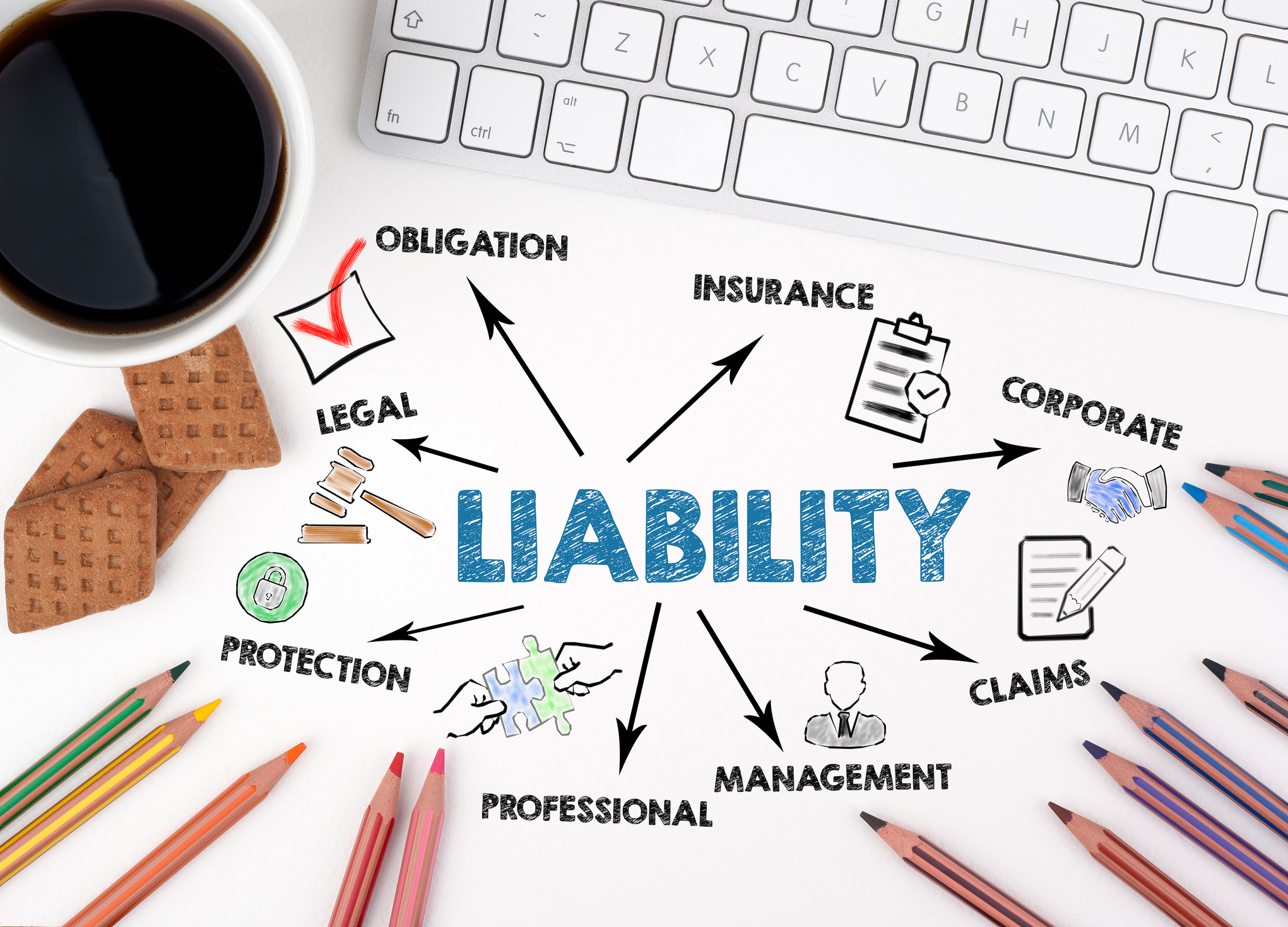December 2013
LEGAL BEAT
Standard Contract Documents, Transitional Leadership
BY ARTHUR SCHWARTZ, DEPUTY EXECUTIVE DIRECTOR AND GENERAL COUNSEL
 Q: I am interested in using some of the standard design and construction documents prepared by NSPE and other professional societies. One question that often comes up within my firm and with contractors relates to whether and to what extent published codes, standards, specifications, or instructions impact the specific language contained in the documents? The documents frequently assign additional responsibilities to the parties performing services during the design and construction of the project that are at variance with the language contained in the standard documents. (Texas)
Q: I am interested in using some of the standard design and construction documents prepared by NSPE and other professional societies. One question that often comes up within my firm and with contractors relates to whether and to what extent published codes, standards, specifications, or instructions impact the specific language contained in the documents? The documents frequently assign additional responsibilities to the parties performing services during the design and construction of the project that are at variance with the language contained in the standard documents. (Texas)
A: The EJCDC Standard General Conditions of the Construction Contract (EJCDC C-700, 2013 Edition) addresses this issue head on by stating in Section 3.02, Reference Standards, that “no provision of any standard specification, manual, reference standard, or code, or any instruction of a supplier, shall be effective to change the duties or responsibilities of Owner, Contractor, or Engineer, or any of their sub-contractors, consultants, agents, or employees, from those set forth in the part of the Contract Documents prepared by or for Engineer.”
The document continues by noting that “[N]o such provision or instruction shall be effective to assign to Owner, Engineer, or any of their officers, directors, members, partners, employees, agents, consultants, or subcontractors, any duty or authority to supervise or direct the performance of the Work or any duty or authority to undertake responsibility inconsistent with the provisions of the part of the Contract Documents prepared by or for Engineer.”
Q: A colleague and friend, who was a professional engineer and had a small engineering firm, recently passed away. An unlicensed engineer in that firm asked if I could assist with the transition until a new PE was chosen to lead the firm. As it turns out, there is some pending work that requires the review and signature of a professional engineer for completion and submission to the client and public authorities for approval. I offered to assist if I could (I am licensed in the state in question), but are there any pitfalls to be aware of? (Arkansas)
A: Yes. Some of these issues were illustrated in a recent matter reported by the Alabama Board of Licensure for Professional Engineers and Land Surveyors. The board investigated a complaint alleging that a licensed engineer was reviewing and placing his professional seal and signature on documents prepared by an unlicensed individual for work solicited and performed by the unlicensed individual through his uncertified firm. This firm had previously held a certificate of authorization, but since the death of the PE who served as principal, it did not meet the requirements.
The investigation led to charges being filed alleging that the PE placed his professional seal and signature on engineering documents that contained the name of a firm without a valid Alabama certificate of authorization on six different occasions. The matter went to a hearing that revealed the PE was part-owner of a certified engineering firm and had agreed to temporarily serve as the responsible engineer for the unlicensed individual’s firm in 2007. The engineer also informed the unlicensed individual in late spring 2007 that he would not submit an application to the board to serve as the principal engineer for a certificate of authorization for the uncertified firm. The administrative law judge who heard the case provided his findings and disciplinary recommendations to the board for consideration.
The judge’s findings of fact stated that the inclusion of the PE’s signature, license number, and title as the professional engineer on the project documents bearing the uncertified firm’s name was misleading since the firm did not have a valid certificate of authorization and the PE held only a certificate of authorization for his firm, not the firm owned by the unlicensed individual. The conclusions stated that by placing his professional seal and signature on engineering documents prepared by the uncertified firm, the PE engaged in misconduct and discredited the engineering profession.


 Volunteering at NSPE is a great opportunity to grow your professional network and connect with other leaders in the field.
Volunteering at NSPE is a great opportunity to grow your professional network and connect with other leaders in the field. The National Society of Professional Engineers (NSPE) encourages you to explore the resources to cast your vote on election day:
The National Society of Professional Engineers (NSPE) encourages you to explore the resources to cast your vote on election day:




